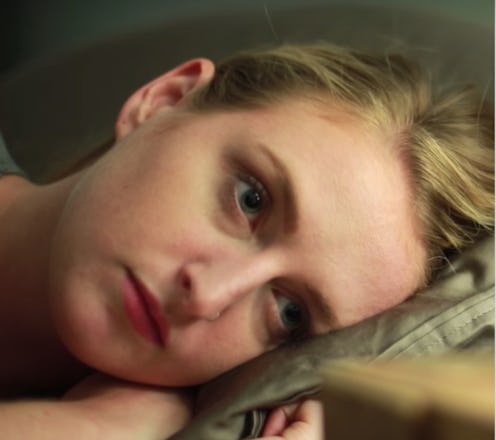Life
How We Treat Mental Versus Physical Illnesses

Mental illness is exactly what it says in the title: An illness. And yet, too often, people fail to recognize that mental illness is real and debilitating — that it’s a sickness, just like a physical ailment. A recent video from BuzzFeed, titled “How We Treat Mental Illness Versus Physical Illness,” depicts how people approach mental and physical illnesses differently. Differences in perceptions of physical and mental disorders — including prevalent beliefs that the former are somehow more real or more severe than the latter — mean that many people suffering from mental illnesses don’t get necessary treatment. When you consider that 42.5 million Americans (nearly 1 in 5 of all adults) experience some form of mental illness every year, that adds up to a lot of people who are struggling and suffering without the intervention and support they need.
The video shows a side-by-side comparison of a person dealing with a cold and a person dealing with a mental illness. Though they both feel awful, the way that they cope with their symptoms, and the responses they get from others, are very different. For example, when friends ask the woman with a cold to go out, they understand when she bows out because of her “nasty cold.” But when the woman dealing with mental illness decides to stay home, her friends are much less understanding, and seem to perceive her absence as a slight, rather than a result of an illness she can’t control.
The video also shows that, while the woman with a cold is able to stay home from work until she feels better, the one dealing with mental illness has to simply “power through.” Without the visible confirmation that a physical illness provides, people dealing with mental conditions are faced with a persistent demand to somehow prove that they really are sick. (It’s worth noting, of course, that there are plenty of physical illnesses that come with the same problem. Many people suffer from “invisible illnesses” — mental and physical — that can be hard to define, hard to diagnose, and hard to treat. People dealing with these conditions often find that others don’t take their very-real illnesses seriously, simply because they aren’t physically obvious.)
People suffering from mental illness also have to deal with the strong social stigma surrounding mental disorders. These illnesses are often regarded as signs of weakness, if not outright moral failings. Although no one would blame someone for having the flu, people incapacitated by conditions like depression and anxiety frequently face assumptions that they are simply weak, and that, if they had more fortitude, they would be able to “just get over it.”
This stigma discourages people struggling with mental illness from seeking help, which in turn only makes the problem worse. As a culture, we need to recognize that mental illness is a real problem — a health problem, not a moral problem or a personality problem — and that it’s just as valid as any physical disorder. Furthermore, people suffering from mental illness need to be given the space and support they need to tackle their illnesses in the same way that they would any physical ailment. As the video says: “Don’t be afraid to ask for help.”
Images: YouTube (2)